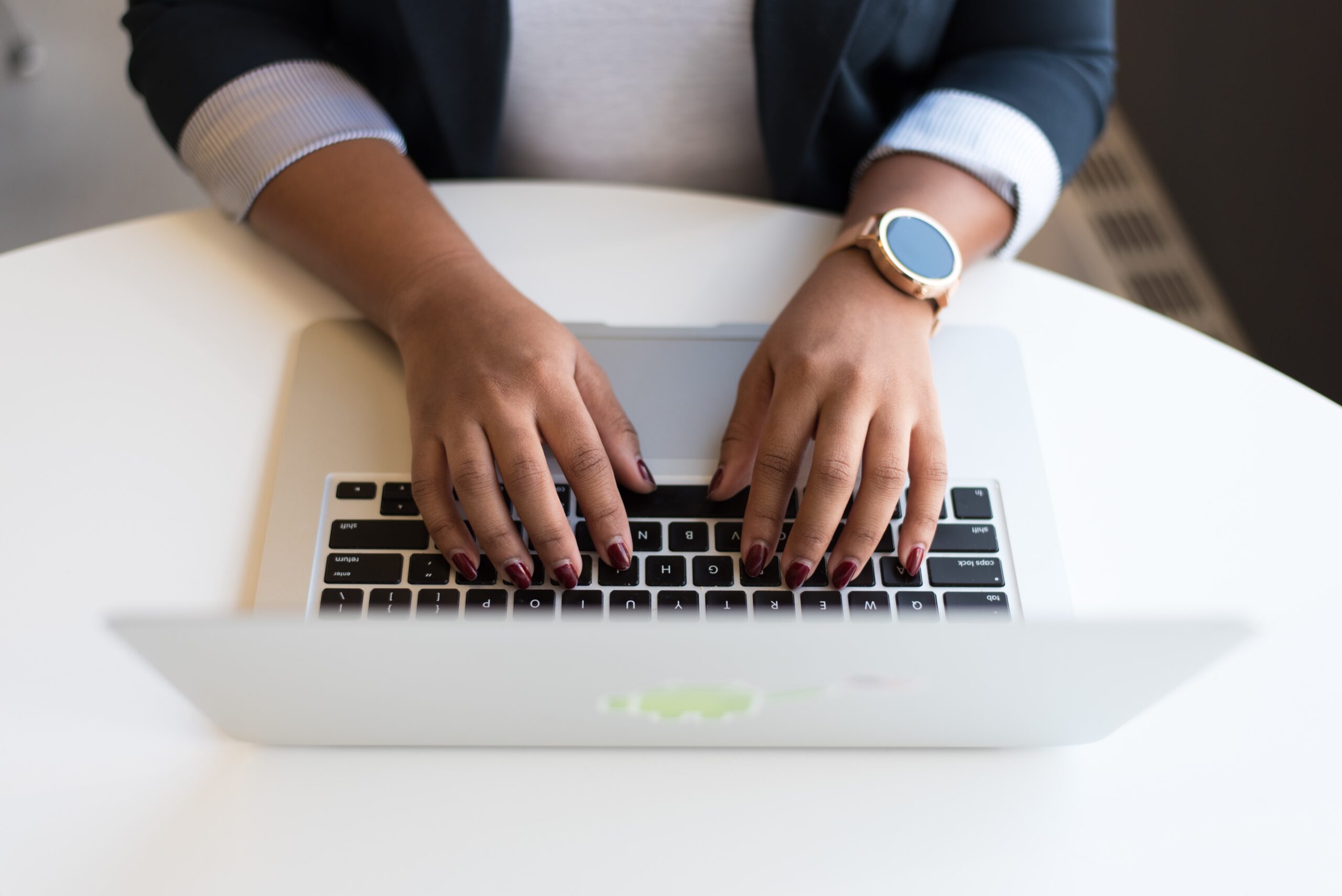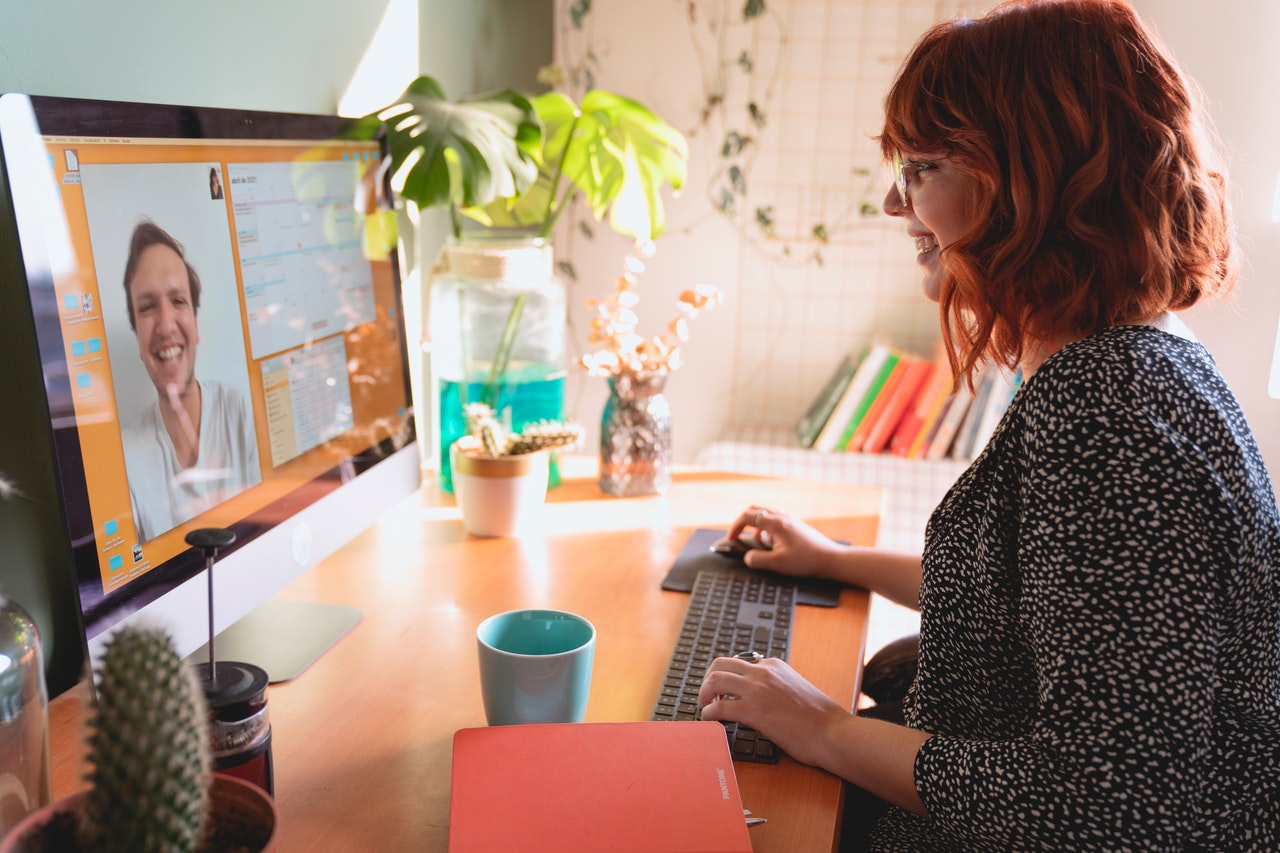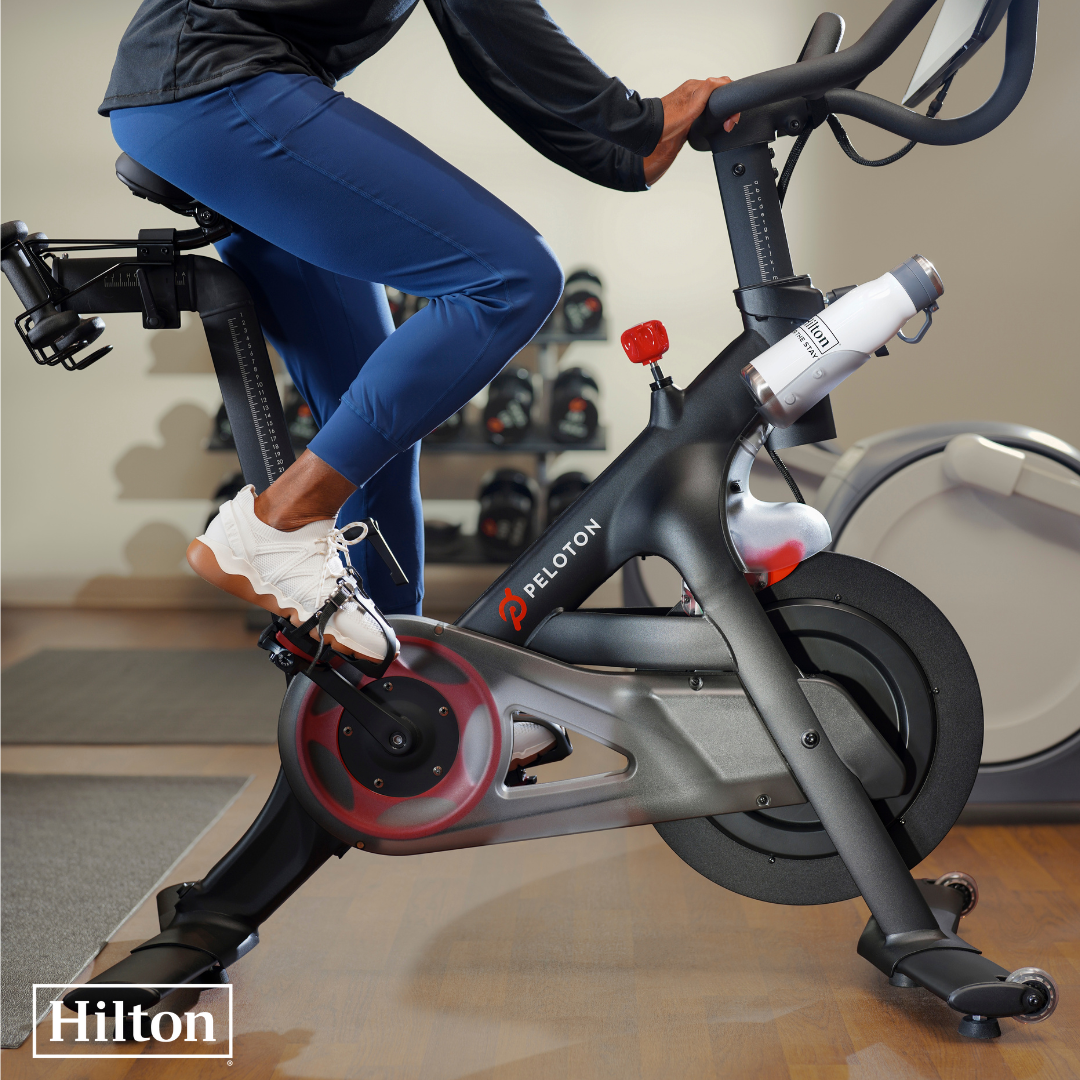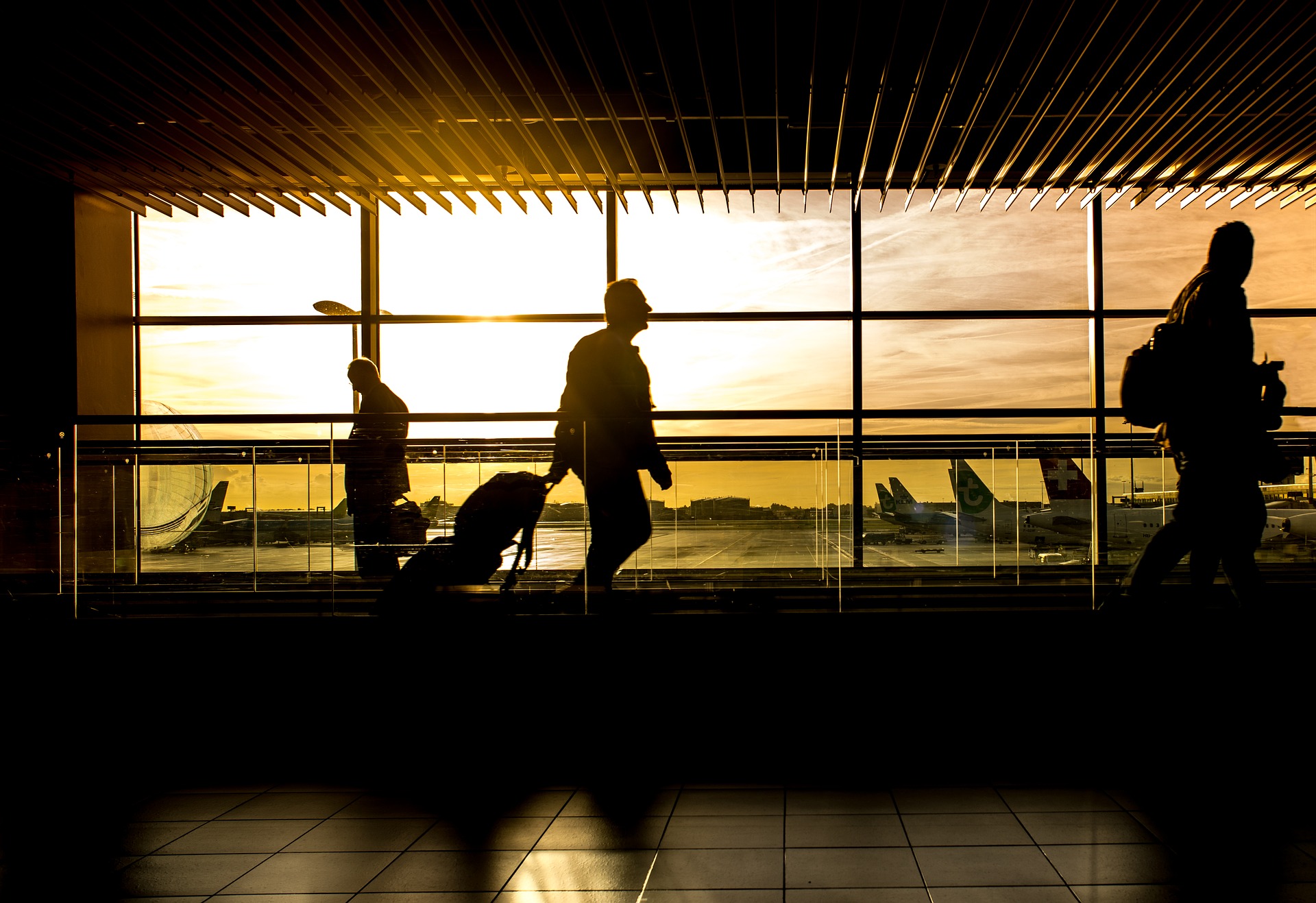Safety Tips When Using Public WiFi and Social Media
Essential Tips for Protecting Your Information When Using Public Wi-Fi and Social Media
When traveling, it’s often necessary to use public Wi-Fi to stay connected, whether it’s for accessing maps, communicating with family, or working remotely. However, public Wi-Fi networks can expose you to significant cybersecurity risks. By following a few simple strategies, you can protect your personal information and ensure your online safety.
The Risks of Public Wi-Fi
Public Wi-Fi networks—found in places like hotels, airports, cafés, and restaurants—are convenient, but they are often unsecured, making them prime targets for hackers. A 2023 Forbes Advisor survey revealed that nearly 43% of Americans have had their personal information compromised while using public networks. One common technique hackers use is a “Man-in-the-Middle” attack, where they disguise themselves as legitimate Wi-Fi networks. Once you connect to such a network, hackers can intercept your data, including passwords, banking information, and personal details. They may also install malware on your device without your knowledge.
6 Strategies to Protect Your Information
Although public Wi-Fi is often unavoidable, there are several effective strategies you can use to minimize your risk:
Use a VPN (Virtual Private Network)
A VPN encrypts the data transmitted between your device and the network, making it much harder for hackers to intercept or access your personal information. It’s one of the most effective ways to secure your online activities on public networks.
Avoid Accessing Sensitive Information
If possible, refrain from accessing sensitive accounts, such as online banking or email, when connected to public Wi-Fi. Even with a VPN, it’s better to avoid entering passwords, credit card details, or other private information over unsecured networks.
Use a Password Manager
A reputable password manager stores and encrypts your passwords, making it more difficult for hackers to gain access to your accounts. With a password manager, you can also create and store complex, unique passwords for each site.
Use Strong, Complex Passwords
Research shows that 85% of cracked passwords are less than 12 characters long. To enhance your security, use passwords that are long, complex, and unique. A password combining uppercase and lowercase letters, numbers, and special characters is more secure. You can also create pass phrases (e.g., “BlueCoffee$42!Dance”) for added complexity.
Use a Mobile Hotspot
If you’re concerned about the security of public Wi-Fi, consider using a personal mobile hotspot. These devices provide a secure, private connection and can be a worthwhile investment for frequent travelers.
Avoid Networks Without Password Protection
While not a foolproof solution, connecting only to Wi-Fi networks that require a password offers a basic level of protection. Avoid joining open networks that don’t require a password, as these are more vulnerable to attacks.
By taking these simple yet effective steps, you can greatly reduce your risk of encountering cyber threats while using public Wi-Fi.
What to Do If You Connect to an Unsafe Network
In some cases, you may unknowingly connect to a compromised or unsafe network. Signs that the network might not be secure include:
No password protection required
Suspicious alerts or pop-ups
Unstable connection or slow internet speeds
Your mouse moving on its own (indicating possible remote access)
If you suspect that you’re on an unsafe network, immediately disconnect and consider restarting your device. It’s also a good idea to change your passwords and monitor your accounts for any unusual activity, especially in your email or credit card statements.
8 Tips for Staying Safe on Social Media
While you’re taking precautions with public Wi-Fi, it’s also essential to stay vigilant on social media. Here are eight tips for staying safe on social platforms.
Adjust Privacy Settings
Review and adjust your privacy settings to control who can see your posts, photos, and personal information. Consider limiting access to your profile to only trusted friends and family.
Enable Two-Factor Authentication
Two-factor authentication adds an extra layer of security by requiring a second form of identification (like a code sent to your phone) when logging into your social media accounts.
Be Cautious with Personal Information
Avoid sharing sensitive information (e.g., your home address, phone number, or financial details) on your social media profiles. Don’t post specific information about your travel plans, like flight details.
Monitor Third-Party Apps
Regularly review the apps and websites that have access to your social media accounts. Revoke permissions for any that you no longer use or trust.
Beware of Phishing Scams
Be cautious of unsolicited messages or friend requests, especially those from unknown individuals or sources. Never click on suspicious links or provide personal information in response to messages.
Use Strong, Unique Passwords
Just like with public Wi-Fi, create strong, unique passwords for your social media accounts to prevent unauthorized access. Change your profile passwords regularly.
Report Suspicious Activity
If you encounter suspicious behavior or fraudulent accounts, report them to the platform administrators. Most social media sites have tools to flag and address these issues.
Limit Geotagging
Disable location tagging or geotagging features on your posts. This helps prevent others from knowing your exact location in real-time. Only use check-in features on social media when it makes sense.
By following these tips for both public Wi-Fi and social media, you can significantly reduce the risk of data breaches, identity theft, and other online security threats. Stay vigilant and always prioritize your digital safety.







